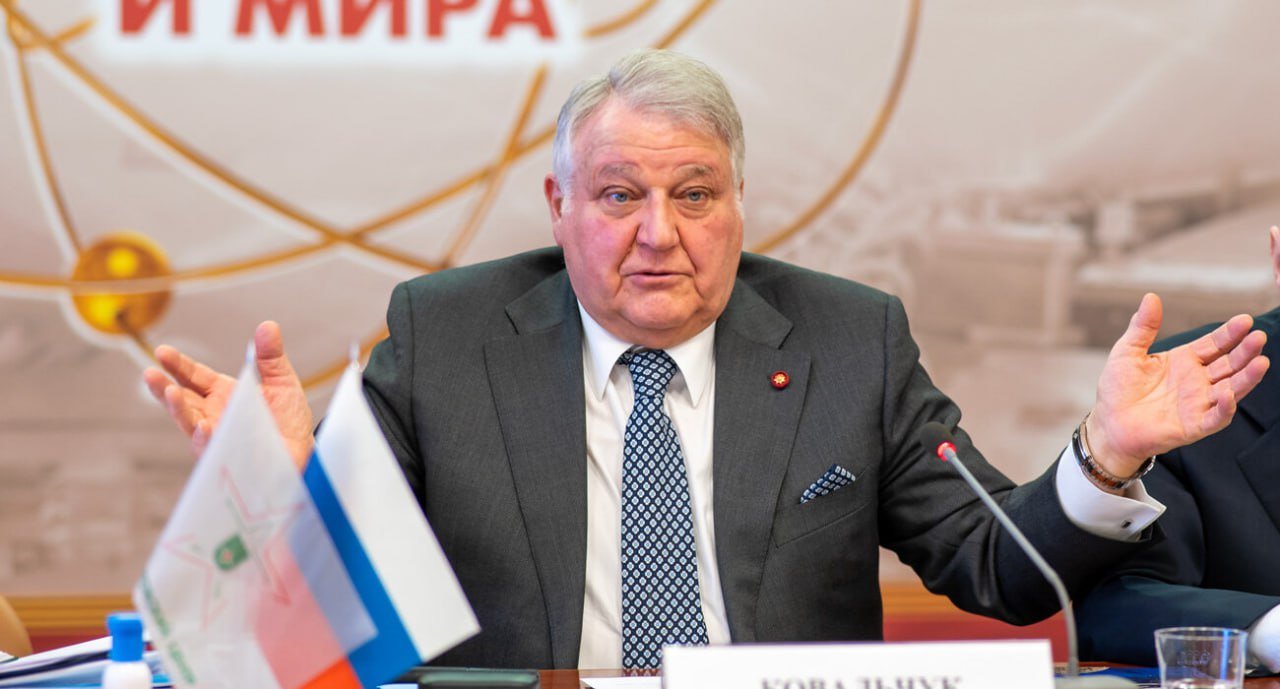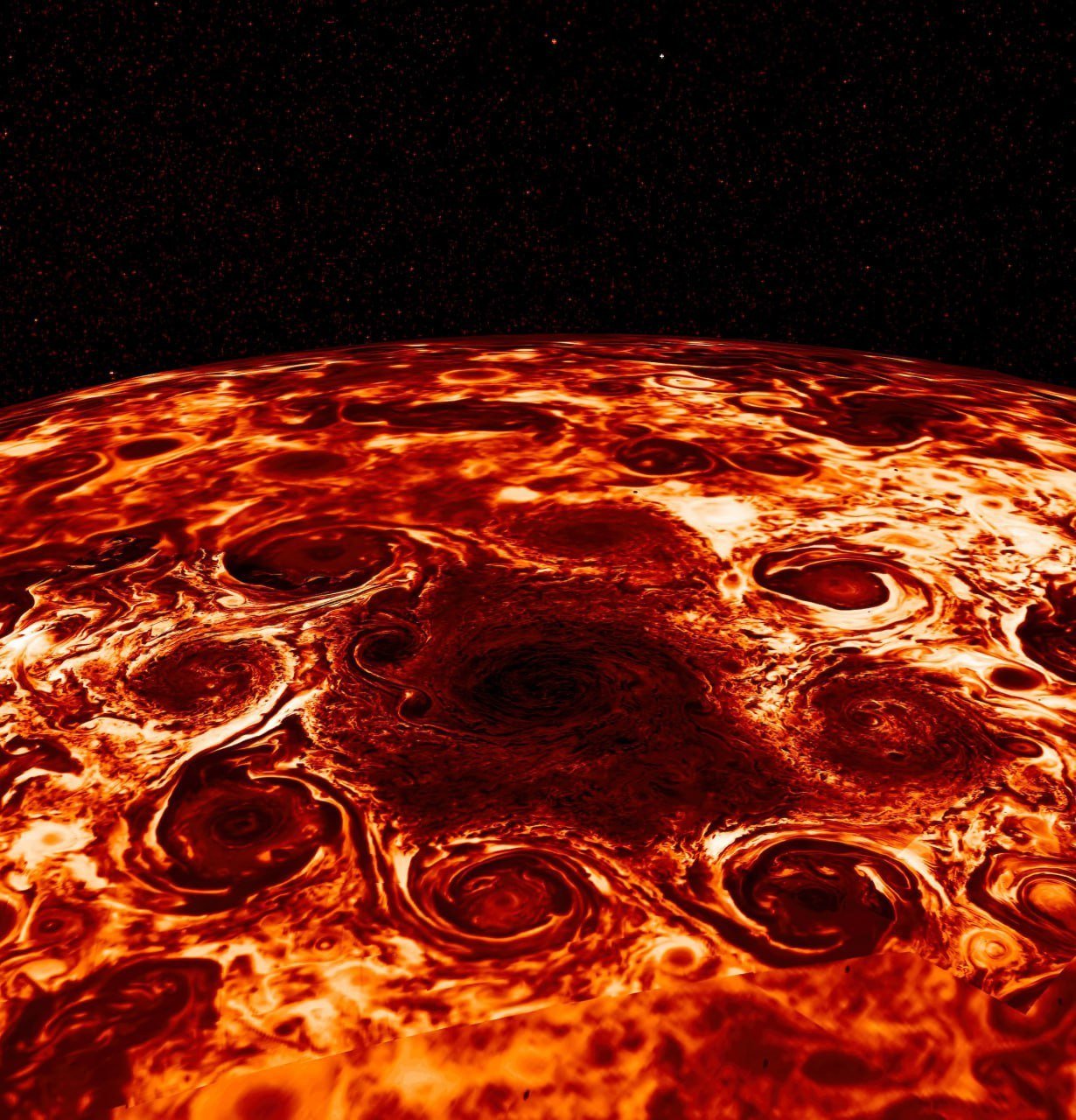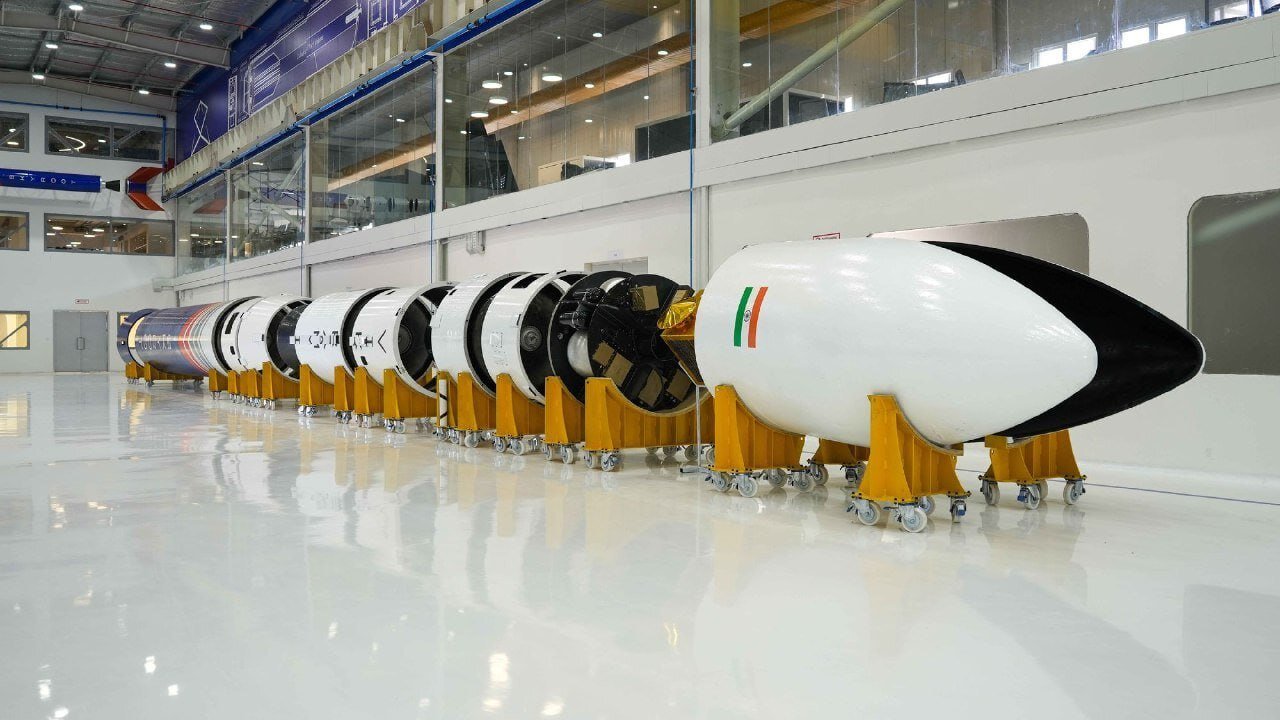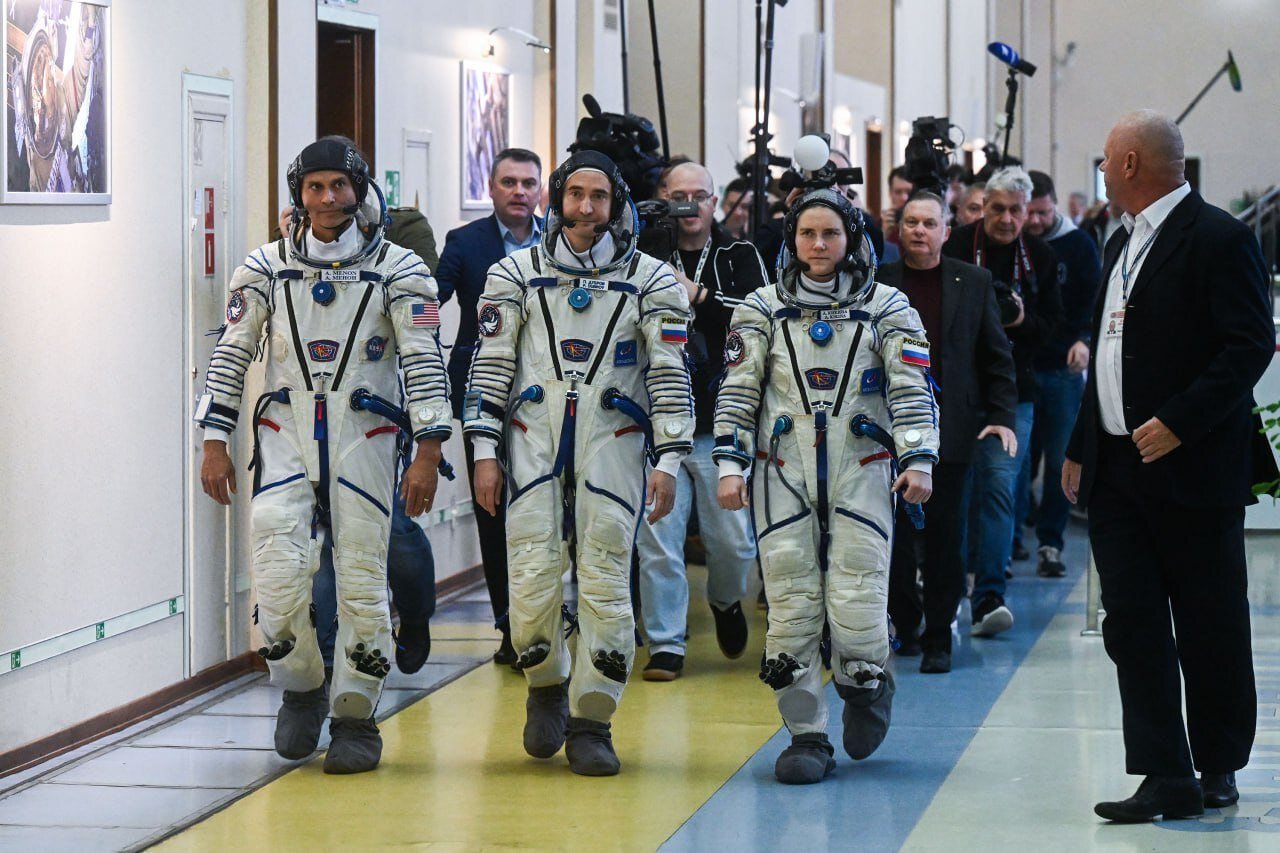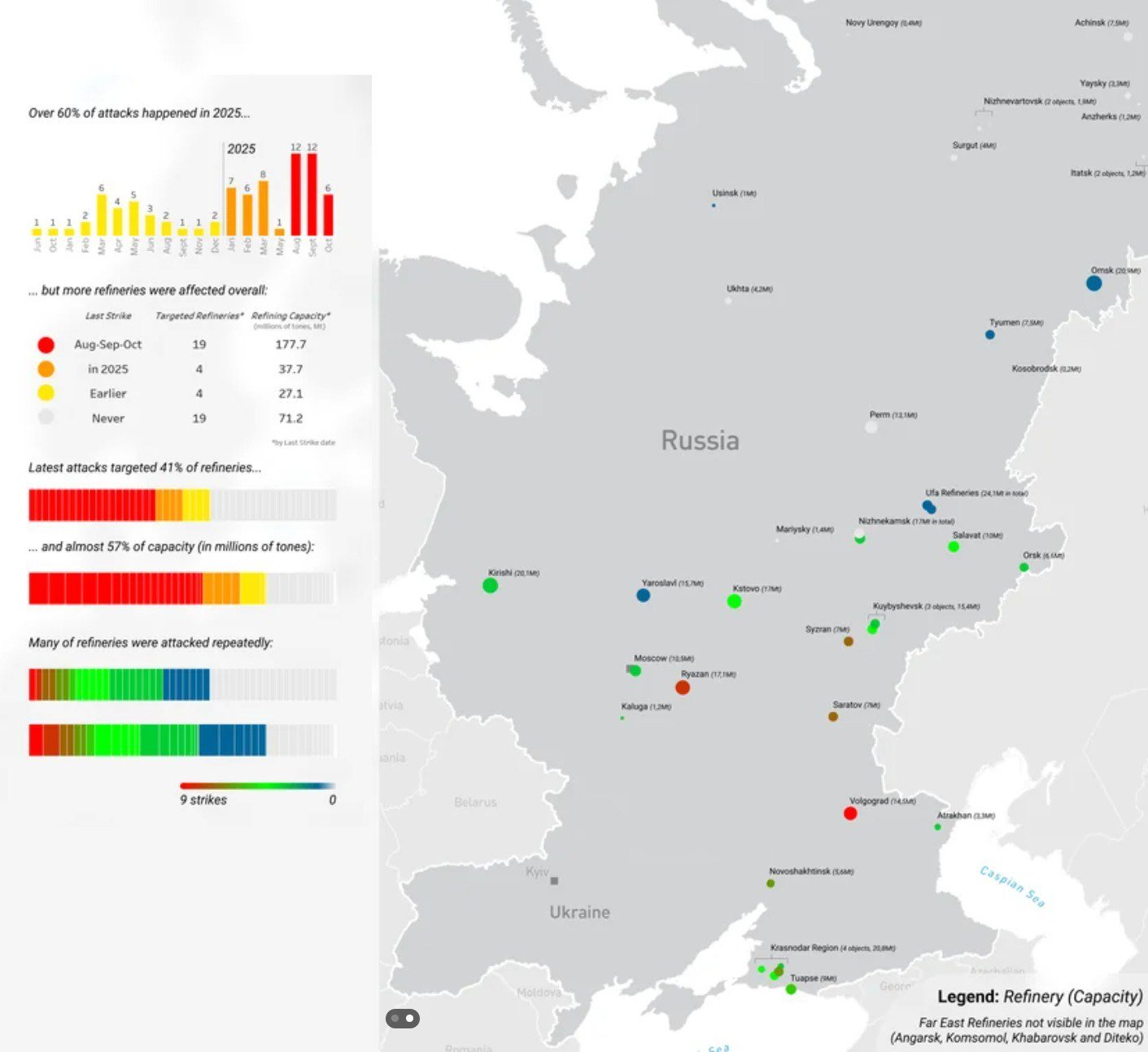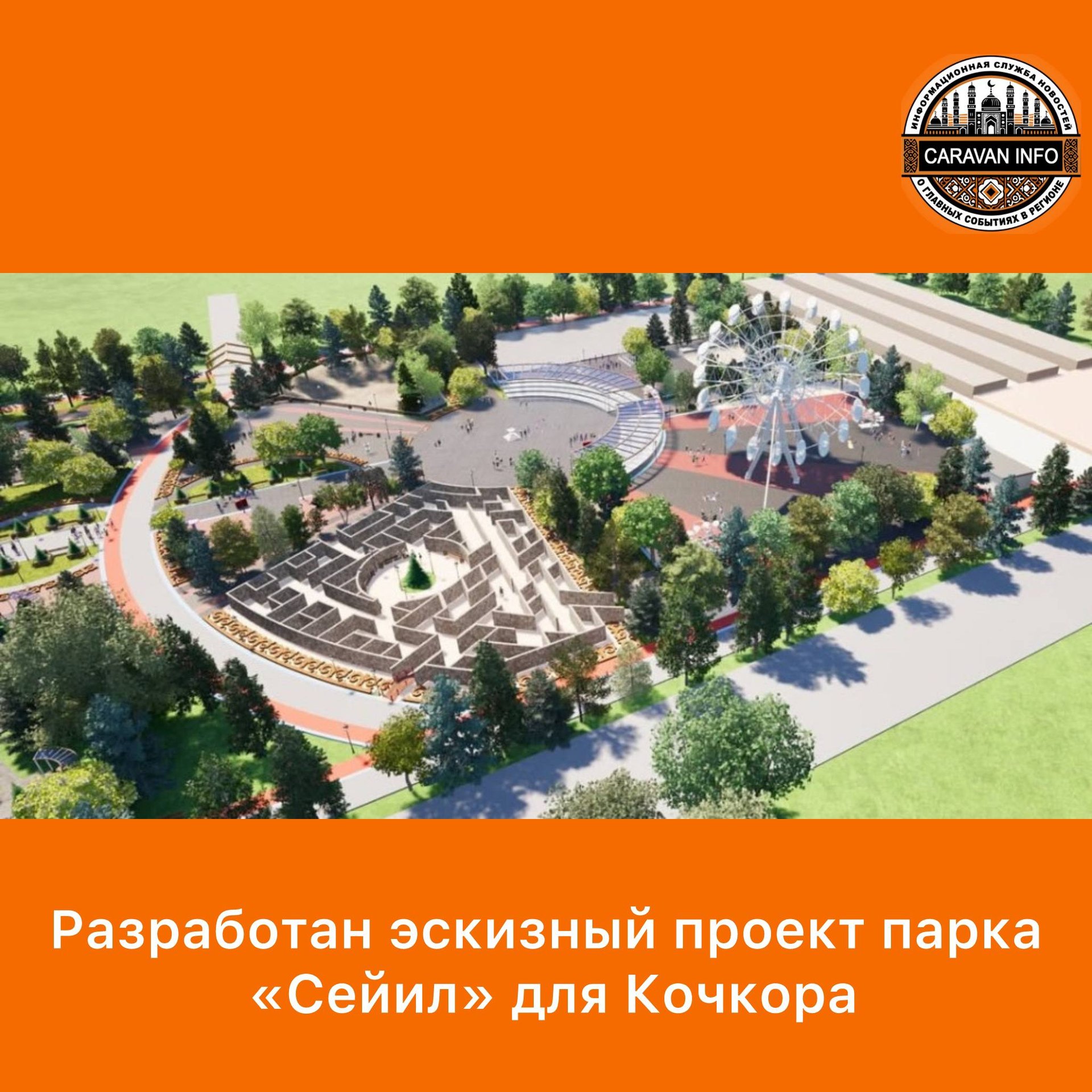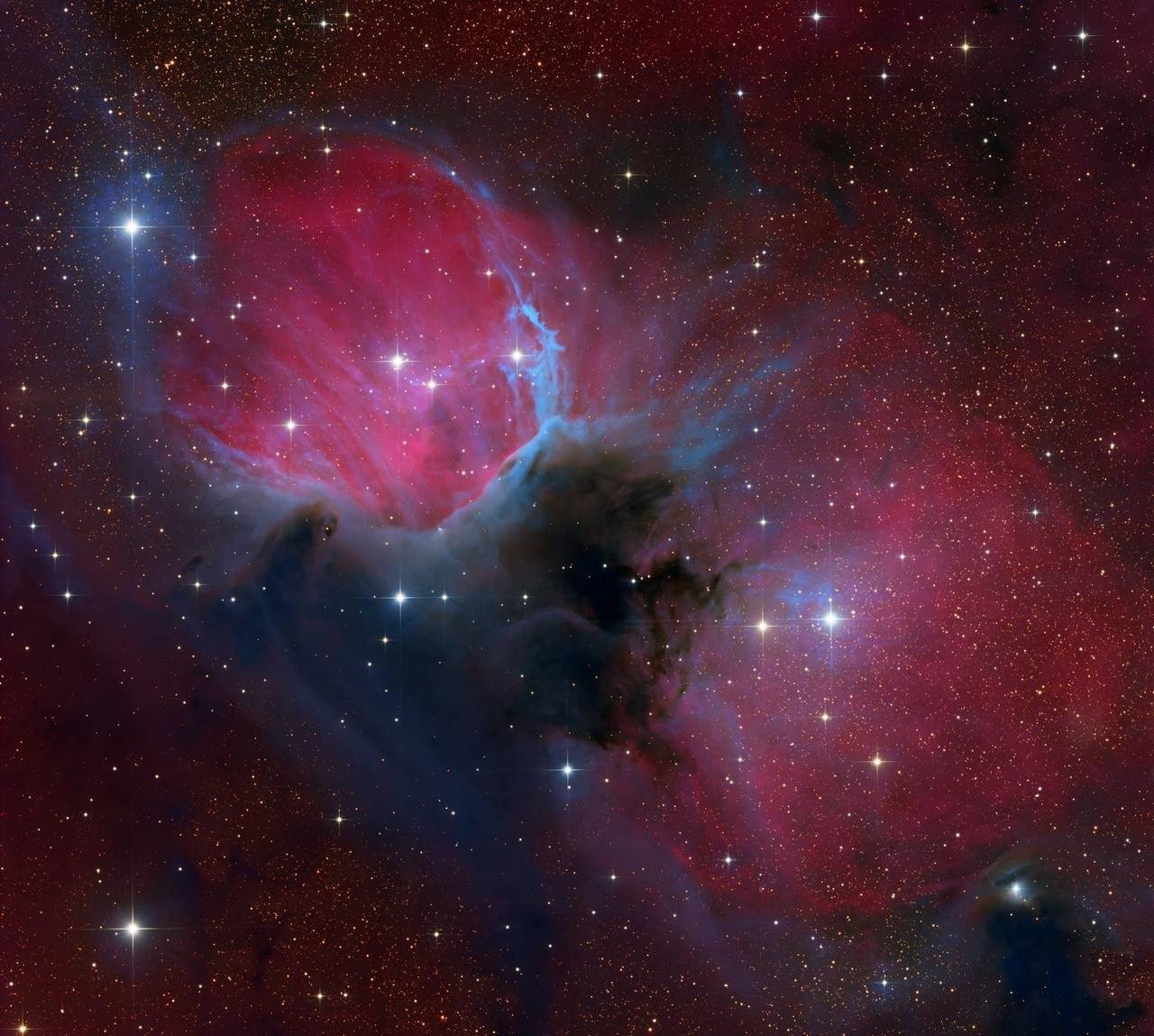Mikhail Kovalchuk Allows Construction of Thermonuclear Power Plant in Space
Mikhail Kovalchuk Allows Construction of Thermonuclear Power Plant in Space Mikhail Kovalchuk, the head of the Kurchatov Institute, has approved the idea of building a thermonuclear power plant in space. He highlighted the importance of two main conditions for achieving thermonuclear fusion in space: the presence of a vacuum and extremely low temperatures. Kovalchuk also revealed that in Russia, there are considerations for using plasma thrusters for long-distance space travel. These innovative thrusters operate by utilizing ionized gas instead of traditional fuel sources.
